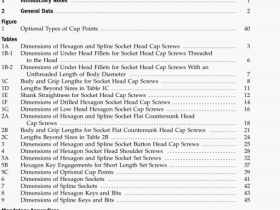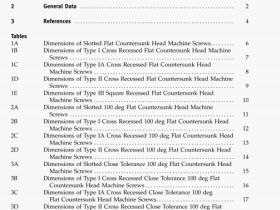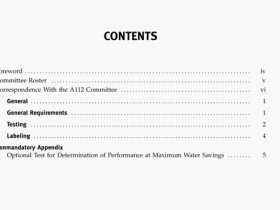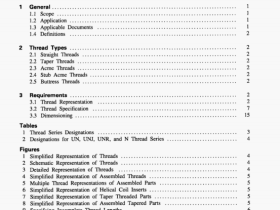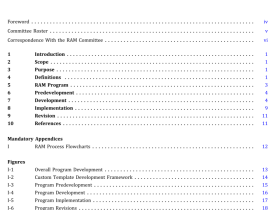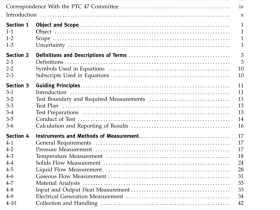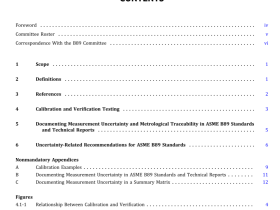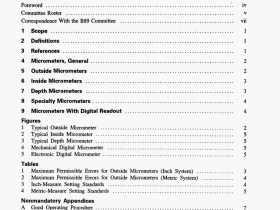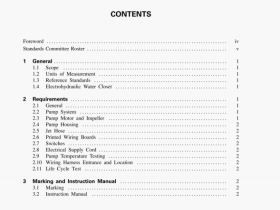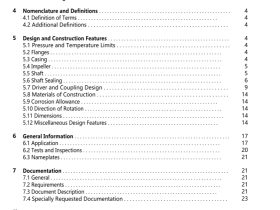ASME PTC-2-2001 pdf download

ASME PTC-2-2001 pdf download.DEFINITIONS AND VALUES.
3.1 PRIMARY DEFINITIONS AND SYSTEMS OF UNITS
The dimensions of mass, length, and time are related to forces as follows in the various systems of units.
A force of one pound applied to a mass of one slug (also known as the geepound) will accelerate the mass at the rate of one ft/sec2.
A force of one newton applied to a mass of one kilogram will accelerate the mass at the rate of one rn/s2.
Equations written in these units will appear identical. Converting measured values from the U.S. customary units to the primary pound-slug-second system of units will simplify the expression of test results in Systeme International (SI).
By way of contrast and for clarification, a force of one pound applied to a mass of one pound will accelerate the mass at a rate numerically equal to “ge” ft/sec2. This fact is the origin of the appearance of the conversion factor, gc in engineering equations expressed in the U.S. customary units. Note that g is not the local acceleration of gravity at the test site; it is simply a ratio of masses and a constant.
3.2 HISTORICAL DEFINITIONS OF UNITS OF MEASURE
It is often useful to be aware of the historic physical bases for many of the units of performance measurement. The reader is cautioned that the numerical values of these physical definitions have been refined over the years, so that the following historic definitions may be no longer numerically exact. Nonetheless, the embodied physical concepts can improve one’s understanding of a measurement or test result. The current values and definitions for use are given starting in para. 3.3.
boiler horsepower: standardized by the ASME in 1889, it was based on an engine steam rate of 30
/bm of steam per horsepower-hour at 70 psig and a feedwater temperature of 100°F. This corresponds to 34.5 Ibm/hr evaporated from and at 212°F (33,475 Btu/hr). At the time of standardization, boilers were rated by manufacturers at one horsepower hour per 10 It2 of surface heated. Boiler horsepower no longer has much significance in steam generator perfo rma nc e.
British thermal unit (Btu): a unit of energy equal to that needed to raise the temperature of one pound-mass of air-free water from 60°F to 61°F at a constant pressure of one standard atmosphere; the mean Btu is equal to 1/180 of the energy needed to raise one pound-mass of air-free water from its freezing point to its boiling point at a constant pressure of one standard atmosphere.
calorie: the amount of energy required to raise the temperature of one gram of pure water from 14.5°C to 15.5°C at a constant pressure of one standard atmosphere.
Celsius scale: invented in 1 742 by Anders Celsius, a Swedish astronomer, who graduated the interval between the freezing point and the boiling point of water into one hundred degrees (hence centigrade) at an atmospheric pressure of 760 mm of mercury. The present scale has the freezing point at 0 deg and the boiling point at 100 deg, just the reverse of the numbering by Celsius.
Fahrenheit scale: the temperature scale used by Daniel Gabriel Fahrenheit who invented a thermometer containing alcohol in 1 709 and a mercury thermometer in 1714. The zero point on the scale was established by mixing equal quantities by weight of snow and common salt. The freezing point was found to be at 32 deg of graduation and the boiling point very near 212 deg under standard atmospheric pressure.
